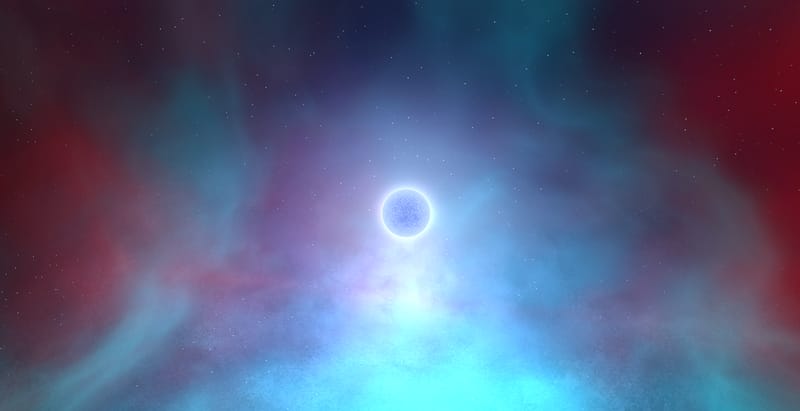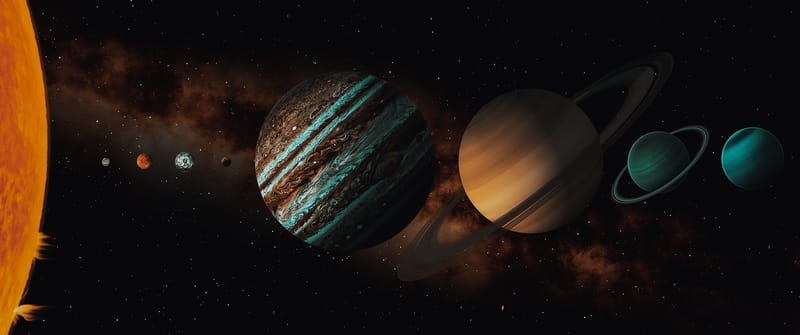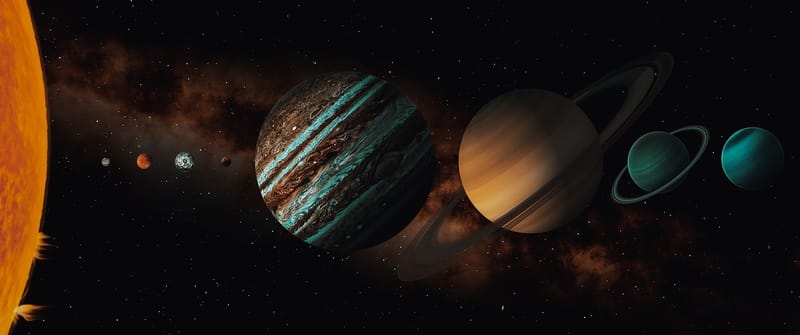Galactic Travel - Part 1
Planetary Trips Beyond Earth - Part 1
Exploring the cosmos has always been a fascinating endeavor for humanity. From the vastness of space to the mysteries of distant planets, the idea of traveling beyond Earth captivates the imagination of many. In this series, we will delve into the possibilities of planetary trips beyond our home planet, starting with some of the closest and most intriguing destinations in our solar system.
Mars: The Red Planet
Our neighboring planet Mars has long been a focal point for space exploration. With its rusty red surface and similarities to Earth, Mars has captured the interest of scientists and space enthusiasts alike. Several missions, including the Mars Rover missions by NASA, have provided valuable insights into the planet's geology, climate, and potential for supporting life.

Future plans for Mars exploration include crewed missions that aim to land humans on the planet's surface. Companies like SpaceX and NASA are actively working on developing the technology and spacecraft necessary to make this ambitious journey a reality. A trip to Mars would be a monumental step in human space exploration, paving the way for potential colonization and further scientific discoveries.
Venus: Earth's Twin?
Venus, often called Earth's twin due to its similar size and composition, presents a unique but challenging destination for planetary exploration. Despite its similarities to Earth, Venus has a hostile environment with extreme temperatures and a thick, toxic atmosphere. Several missions, such as the Magellan spacecraft, have provided valuable data on Venus's surface and geology.

Future missions to Venus aim to study its atmosphere and surface in more detail, potentially unlocking the secrets of its runaway greenhouse effect and volcanic activity. While crewed missions to Venus may pose significant challenges, robotic missions continue to provide valuable insights into this mysterious planet.
The Outer Planets: Jupiter, Saturn, Uranus, and Neptune
Beyond the terrestrial planets lie the gas giants of our solar system – Jupiter, Saturn, Uranus, and Neptune. These massive planets, with their swirling storms and intriguing moons, offer endless possibilities for exploration and discovery. Missions like NASA's Juno spacecraft and the Cassini-Huygens mission have provided stunning images and data from these distant worlds.

Future missions to the outer planets may include sending probes to explore their moons, such as Europa, Titan, and Enceladus, which hold potential for harboring life. While crewed missions to these distant giants remain a challenge due to their harsh environments, robotic exploration continues to push the boundaries of our knowledge about the outer reaches of our solar system.
Stay tuned for the next part of our series, where we will explore even more exciting destinations in our solar system and beyond!
